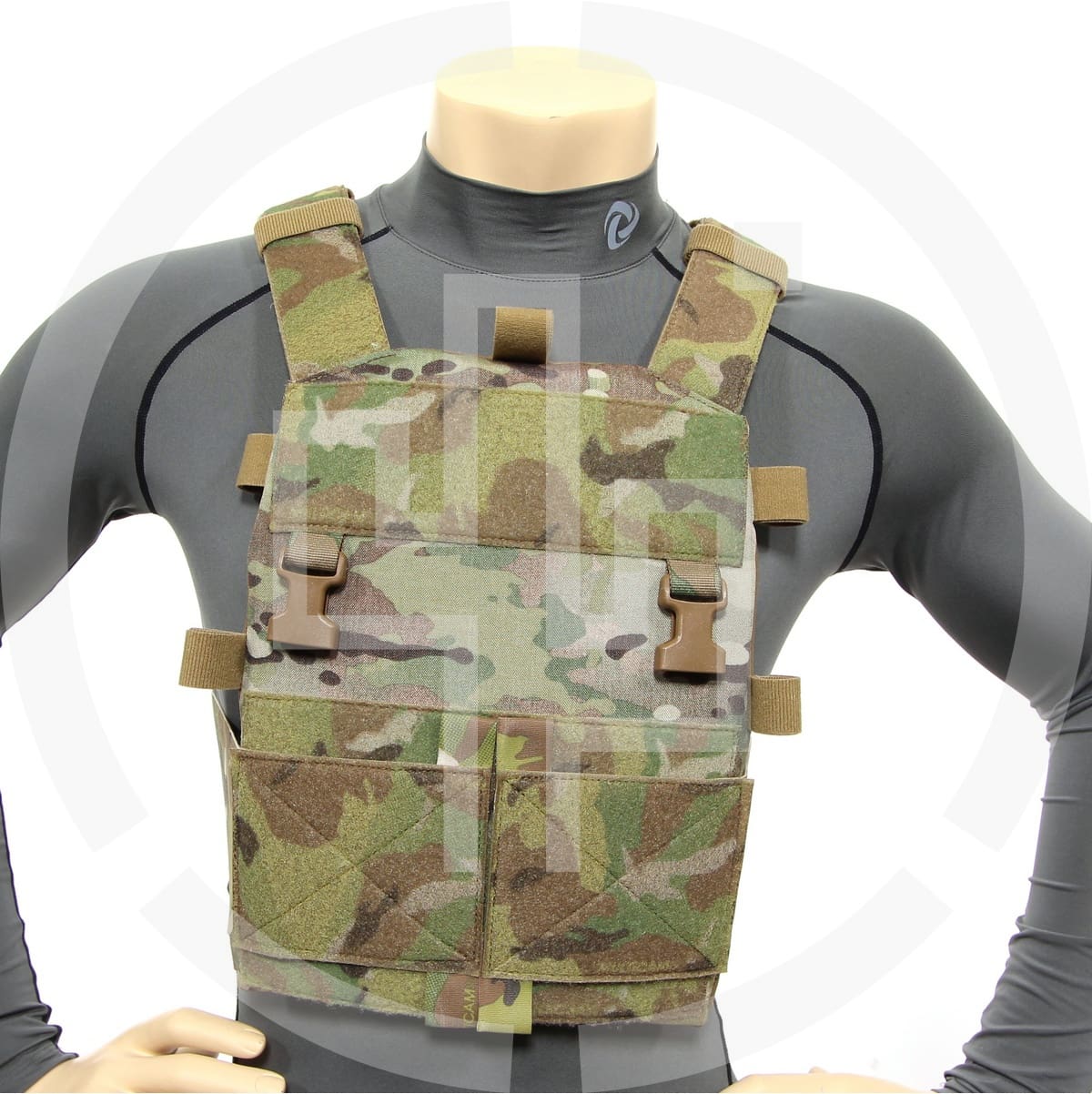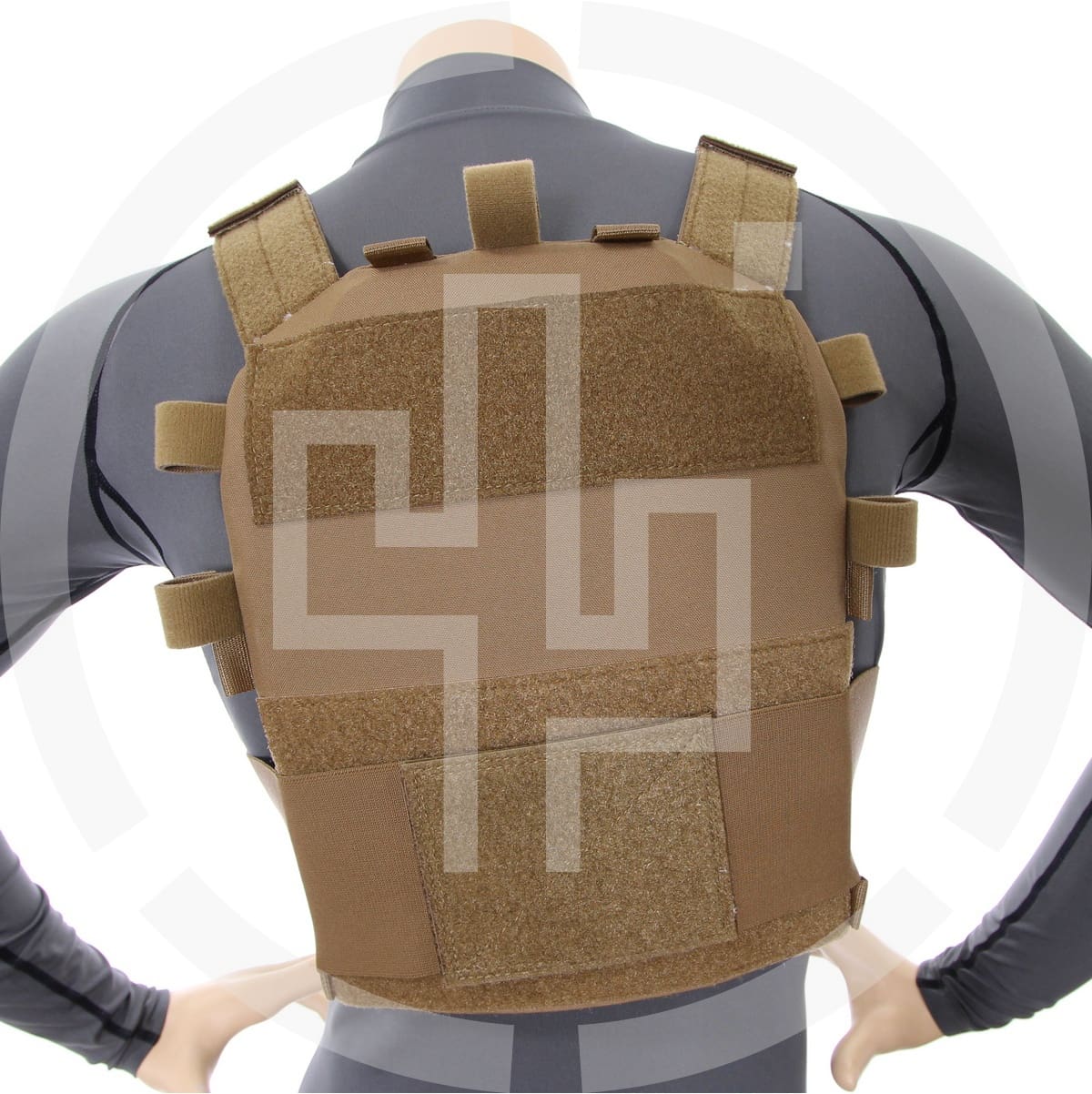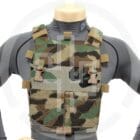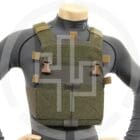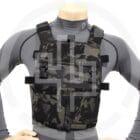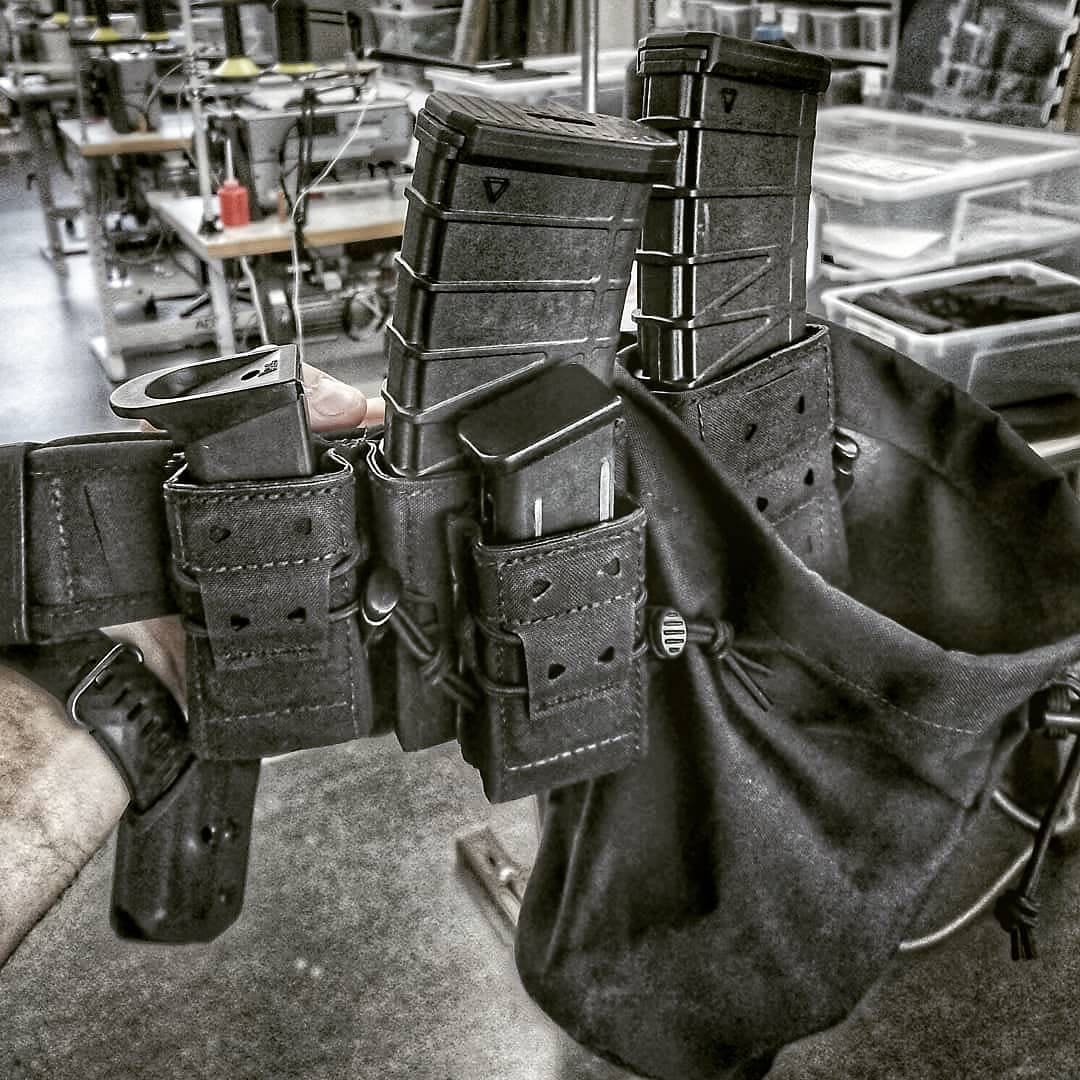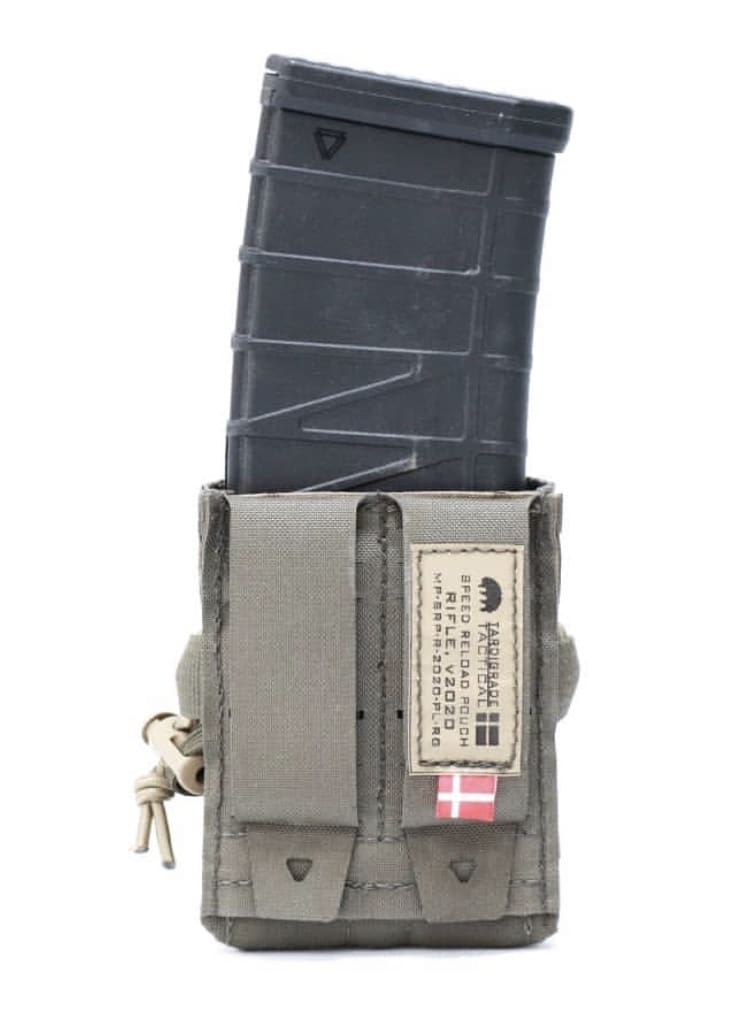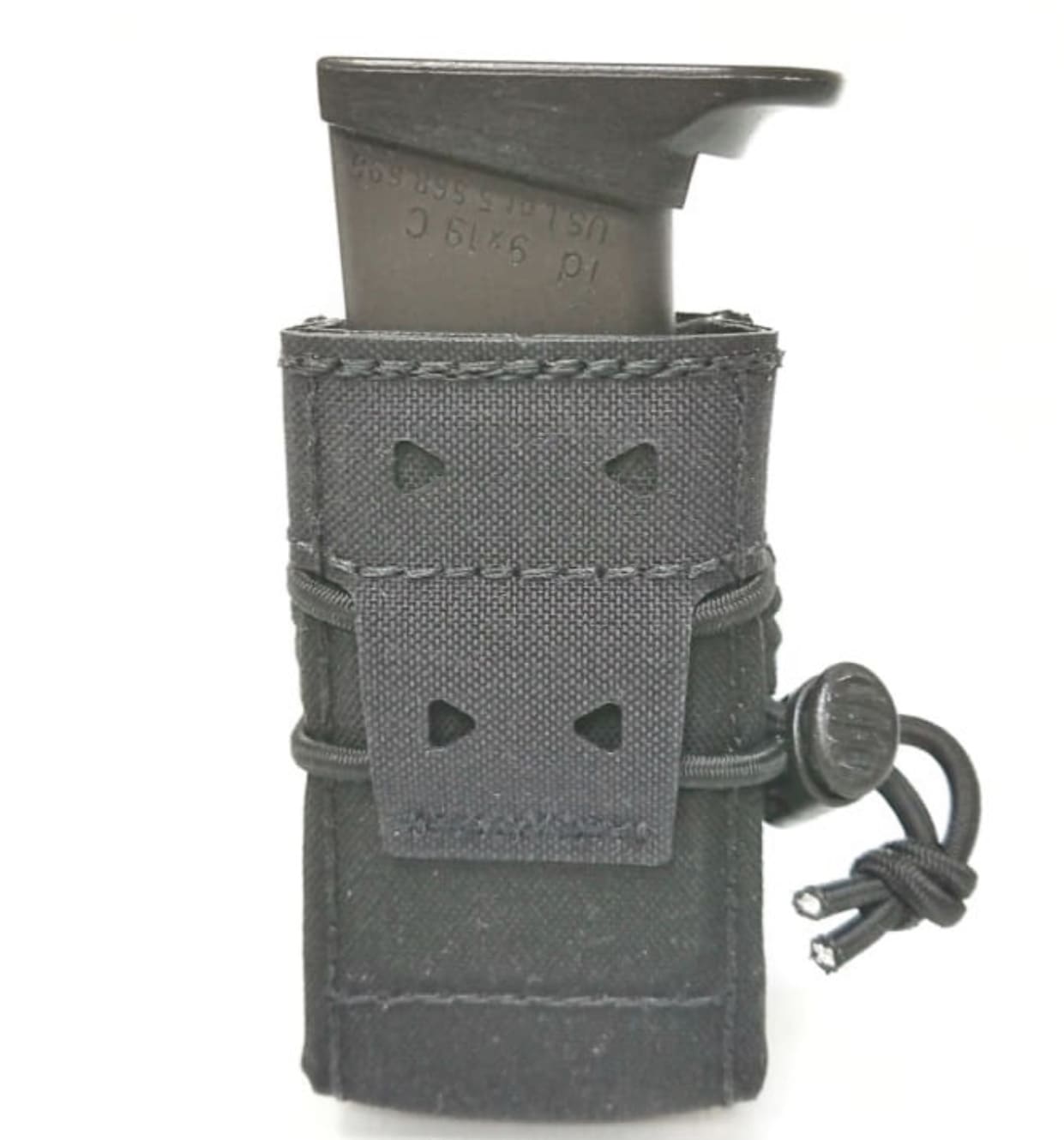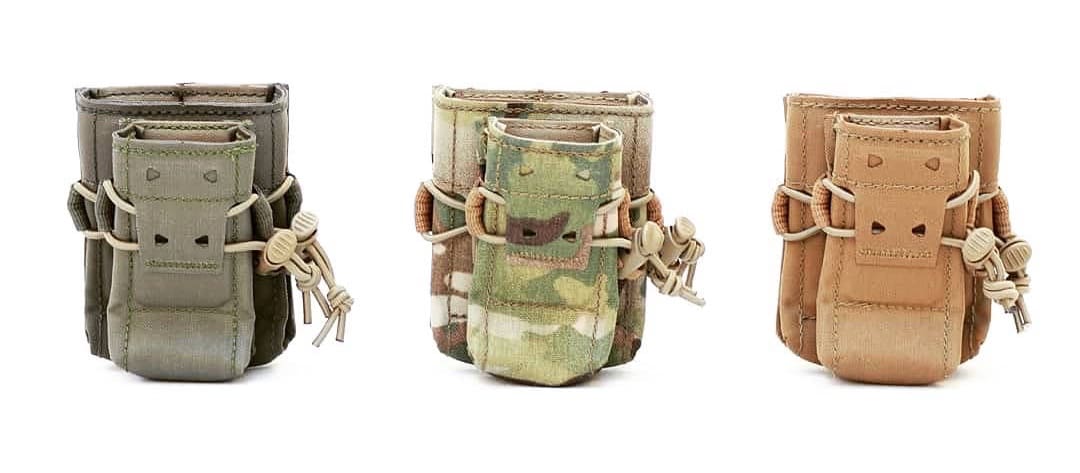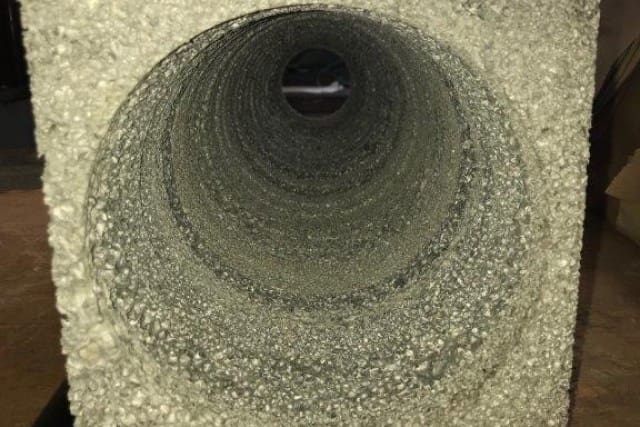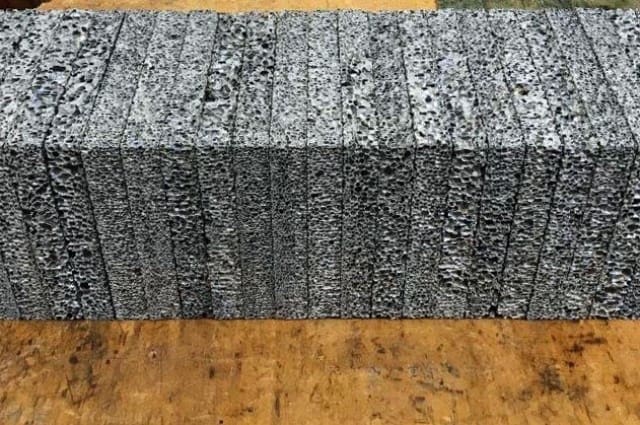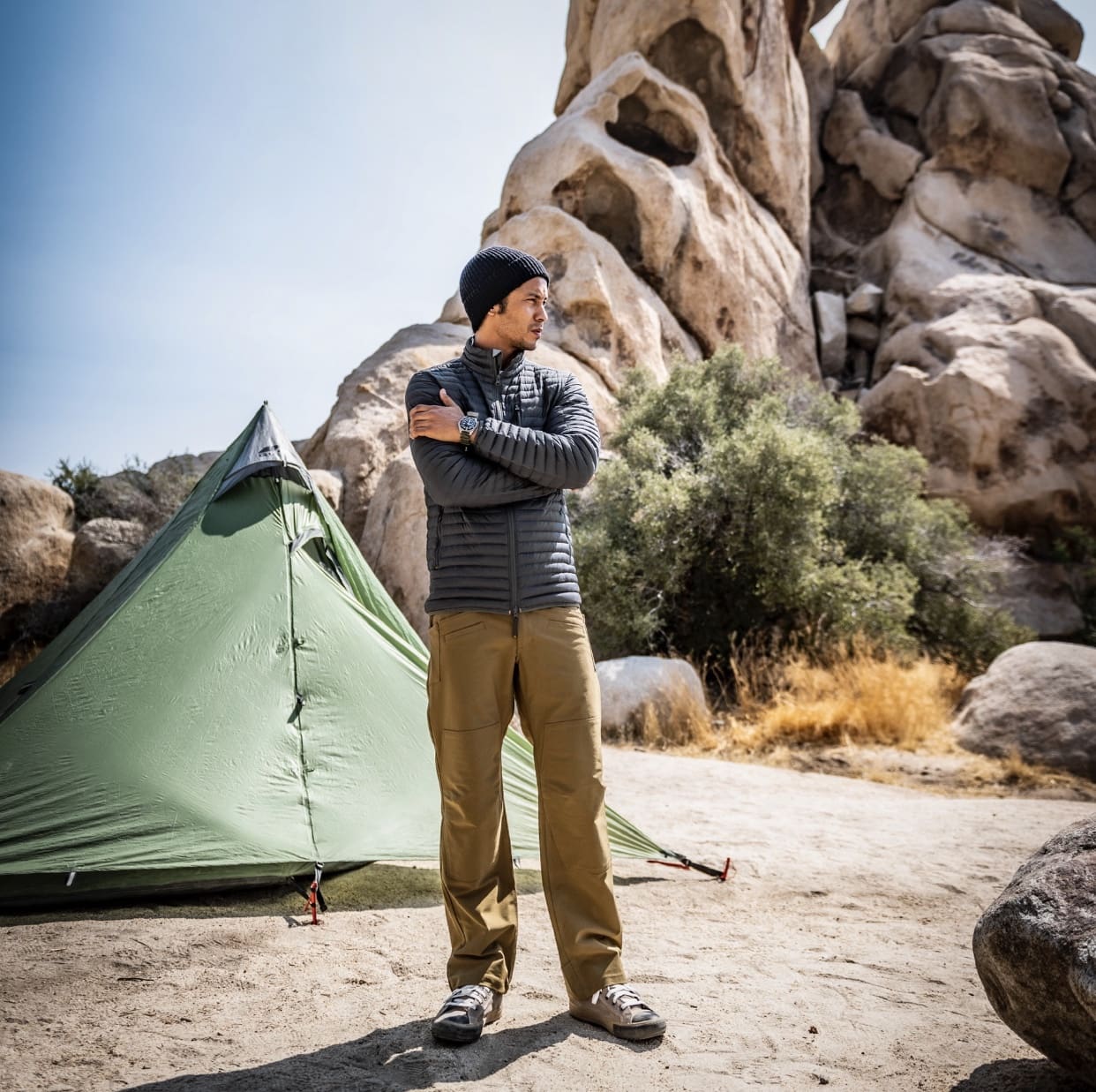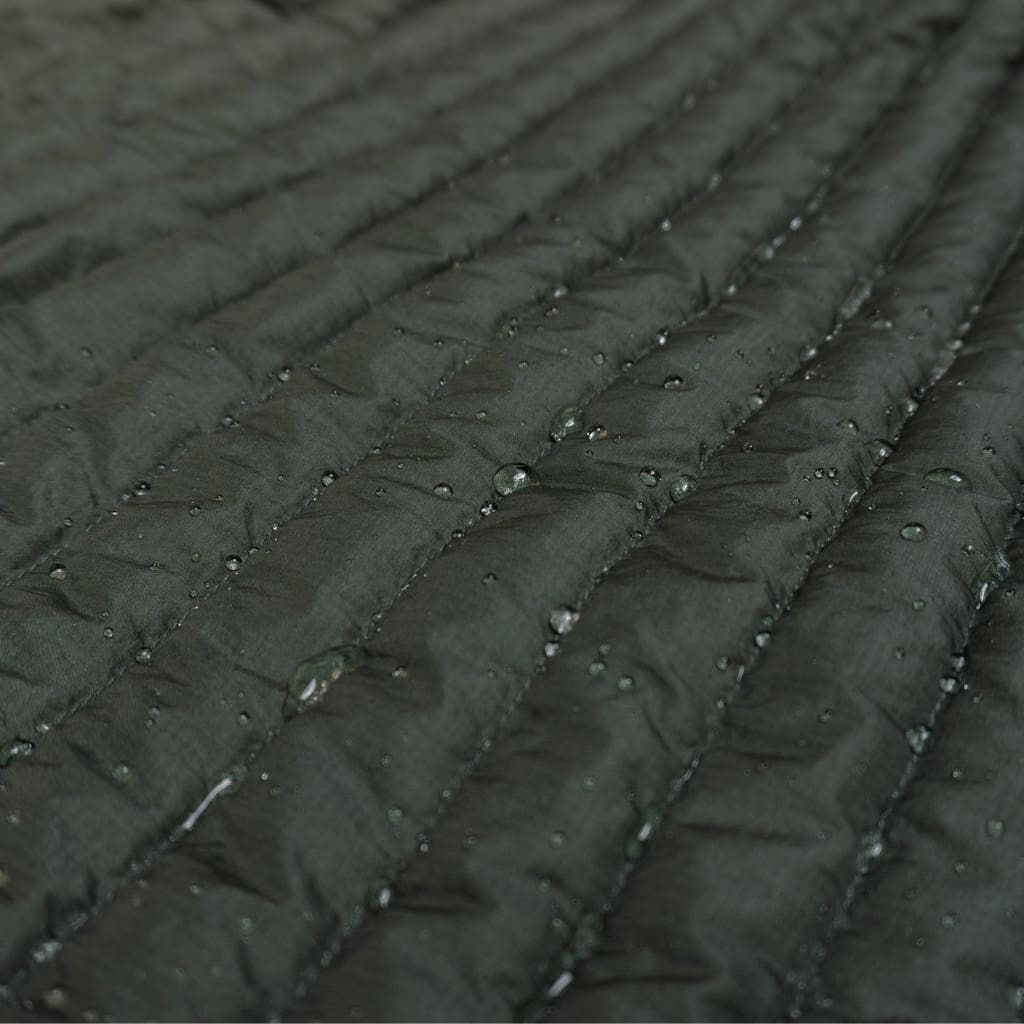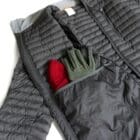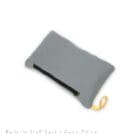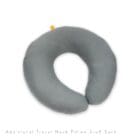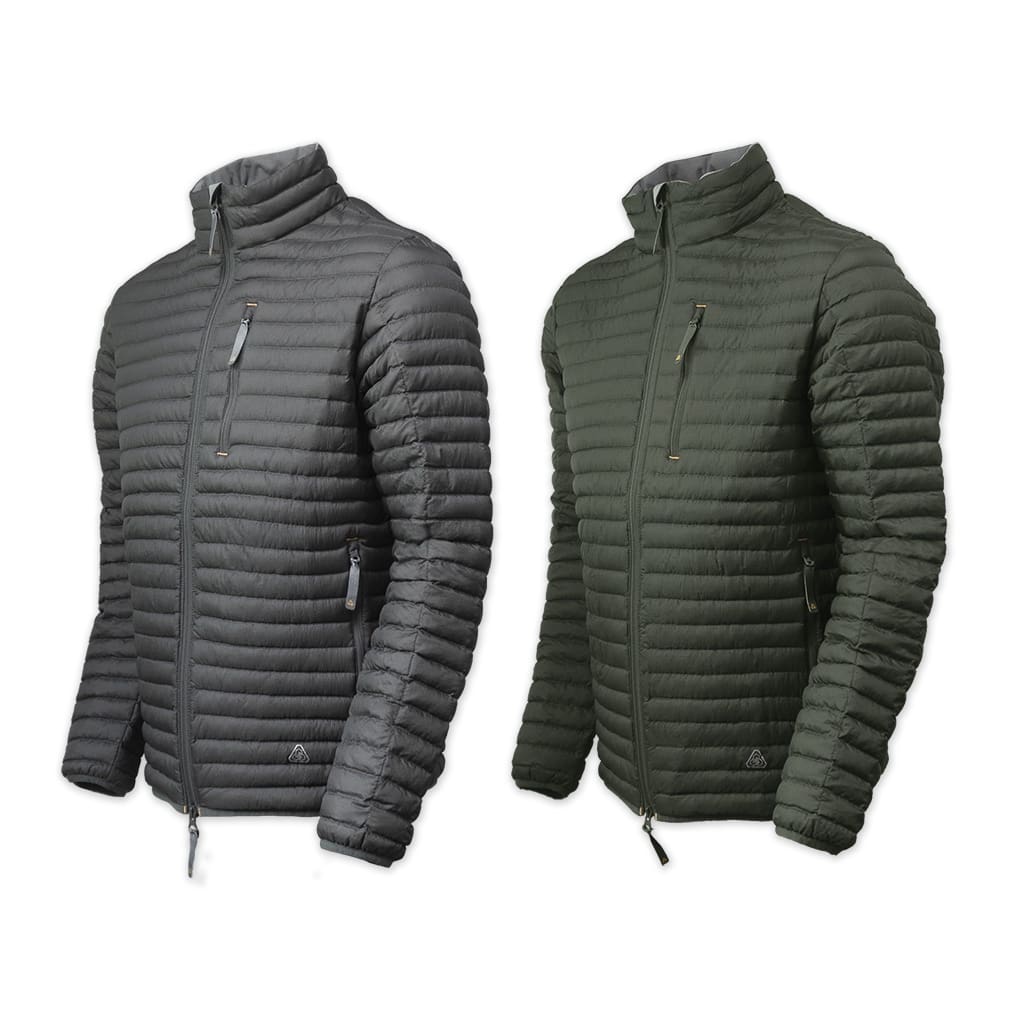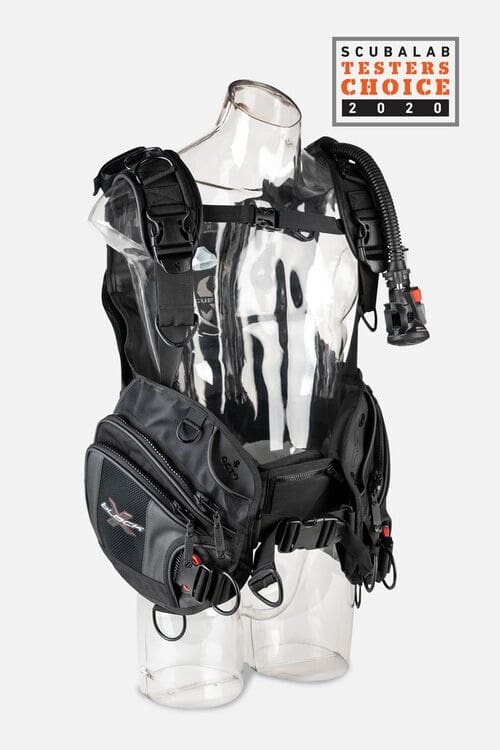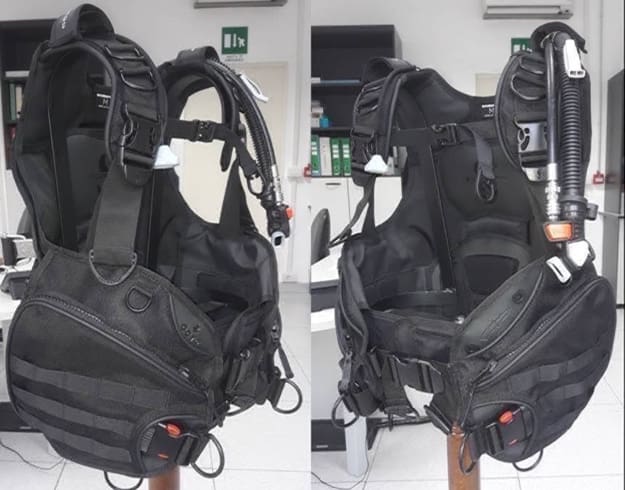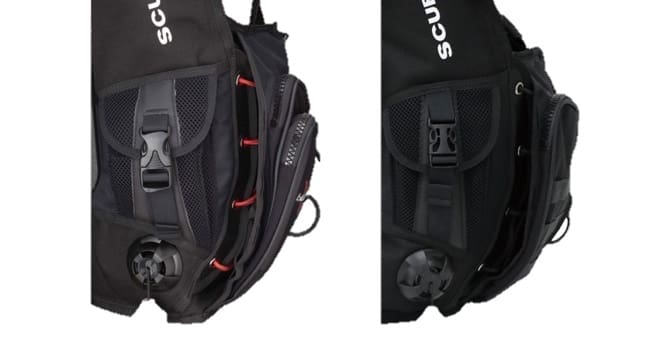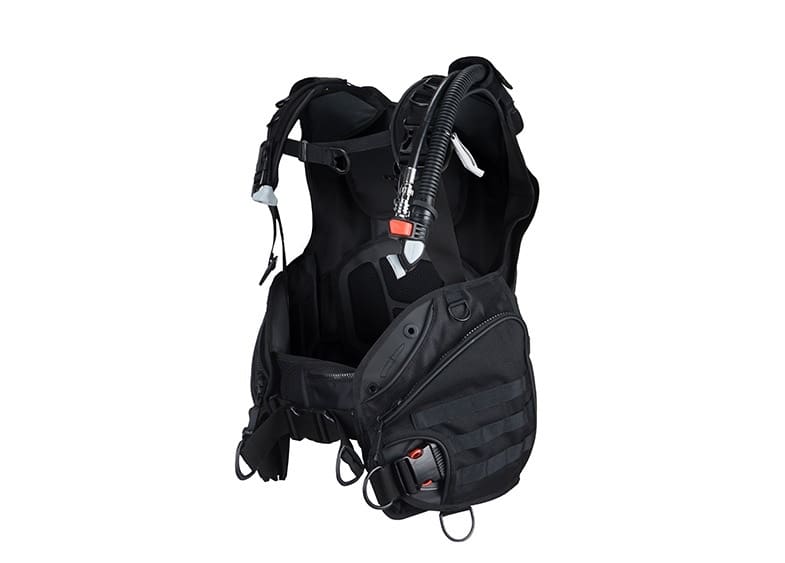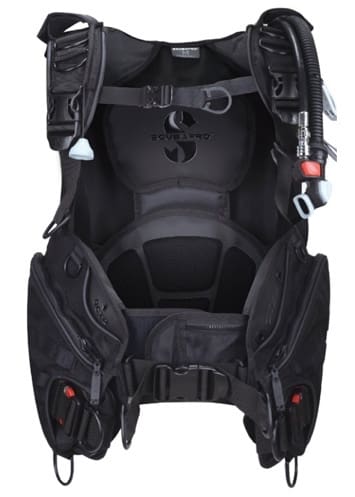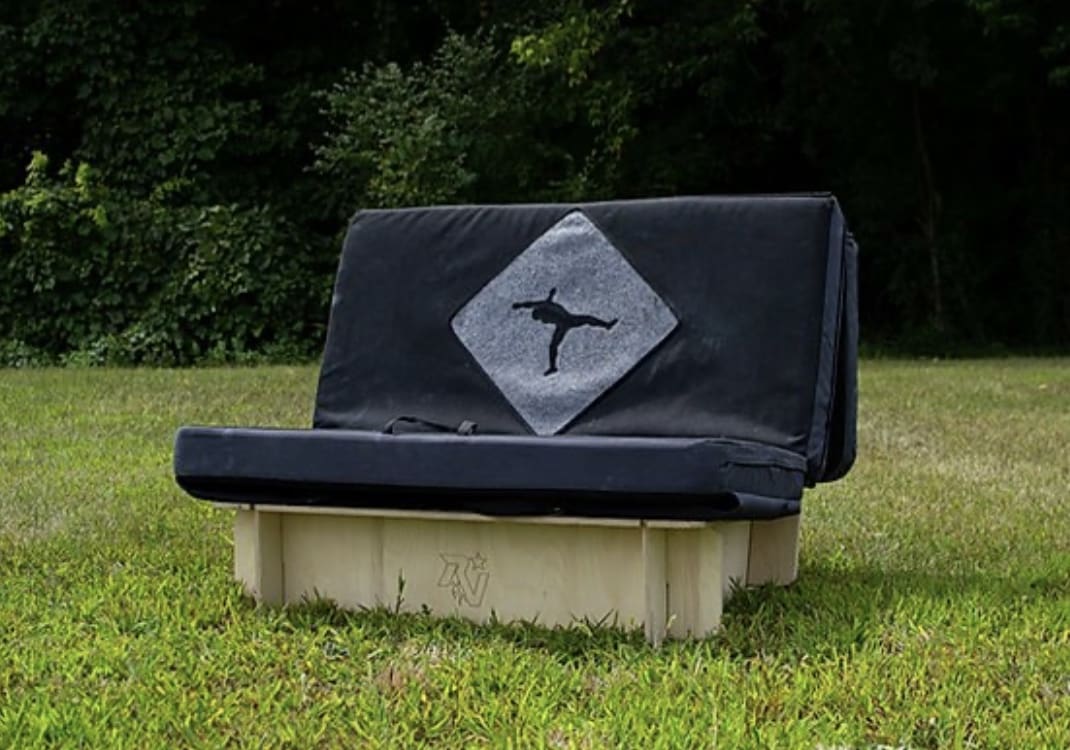Limited Edition Hardside Hoody Available Only at OpticsPlanet.com
Cincinnati, Ohio – Vertx®, a leading manufacturer of low-profile tactical apparel and accessories, is excited to announce the launch of the Hardside Hoody and their partnership with online retailer OpticsPlanet. Available in three limited edition colorways, Reaper Red, Open Water Blue and Tarmac, the Hardside is now available for sale exclusively on opticsplanet.com.

“As the premier destination for tactical apparel, we are proud to showcase our strongest partnership through exclusive products,” said Alex Royzen, Director of Supply Chain Management. “Vertx® is known for their innovative and functional products and the Hardside Hoody is no exception. We are excited to offer it to our passionate customers!”

Designed with low-profile operations in mind, the Hardside Hoody fits into any environment, whether you’re pursuing adventure or on the pursuit. The hoody’s athletic fit makes it easy to layer in chillier weather or if your appearance needs to change on a moment’s notice. When temperatures drop, the drop-back hem keeps your core warm and waistband concealed, even during strenuous activities. Soft pill-resistant four-way stretch fleece has flatlock main seems to reduce bulk and improve comfort. The articulated hood is built to keep your field of vision clear and a bound hem maintains its shape and enhances durability. CCW users will appreciate it’s snag-resistant AbrasionGuard™ lining around the beltline that protects it from wear and tear caused by equipment as well as the hidden pass-throughs inside both hand pockets that provide access to gear stowed at the waist.
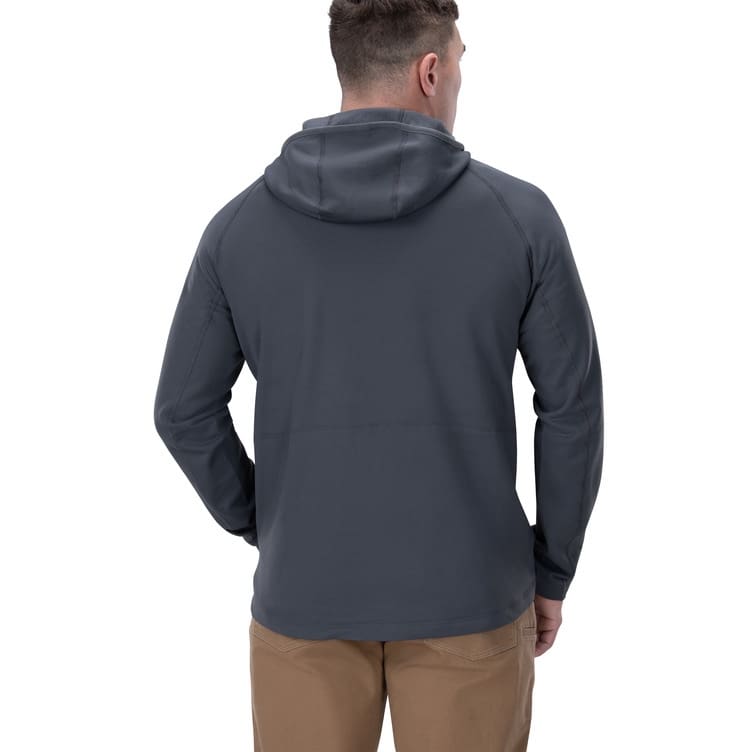
“Vertx® and OpticsPlanet, Inc. have been strong partners for many years,” said Ron Dan, National Sales Manager, Commercial at Vertx®. “Through the growth of our partnership and this exclusive offering we are able provide our customers with an amazing product like the Hardside Hoody.”
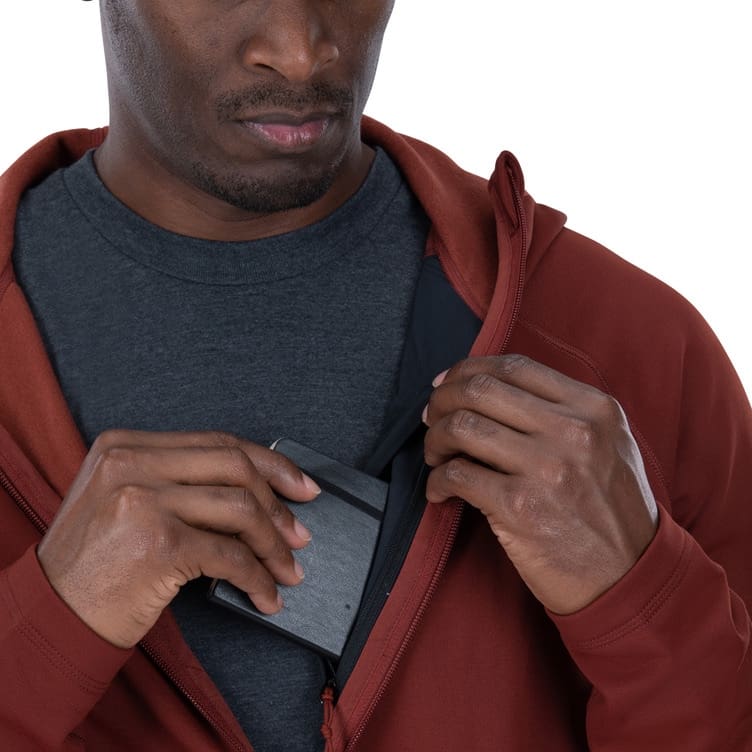
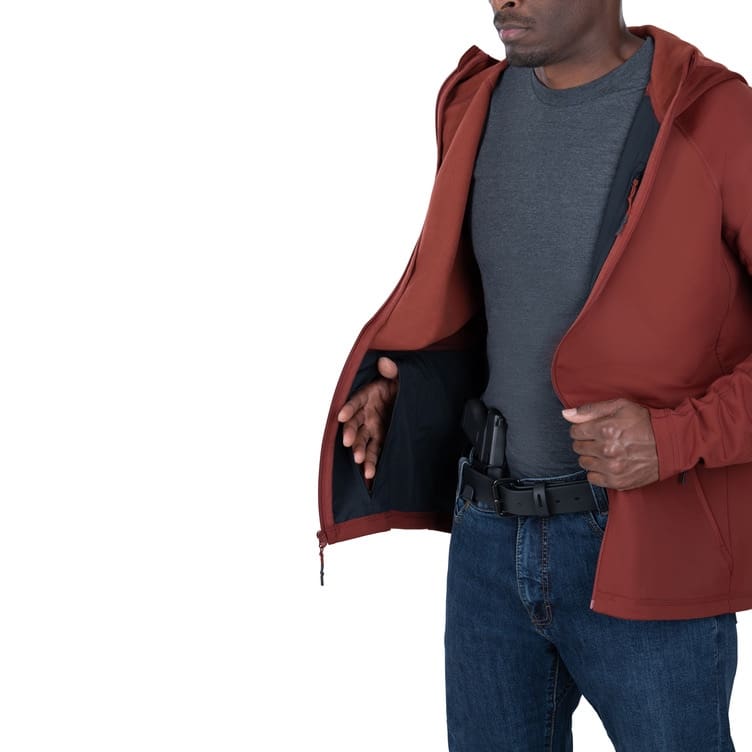
Learn more about the Hardside Hoody and the rest of the Vertx® line at opticsplanet.com.


